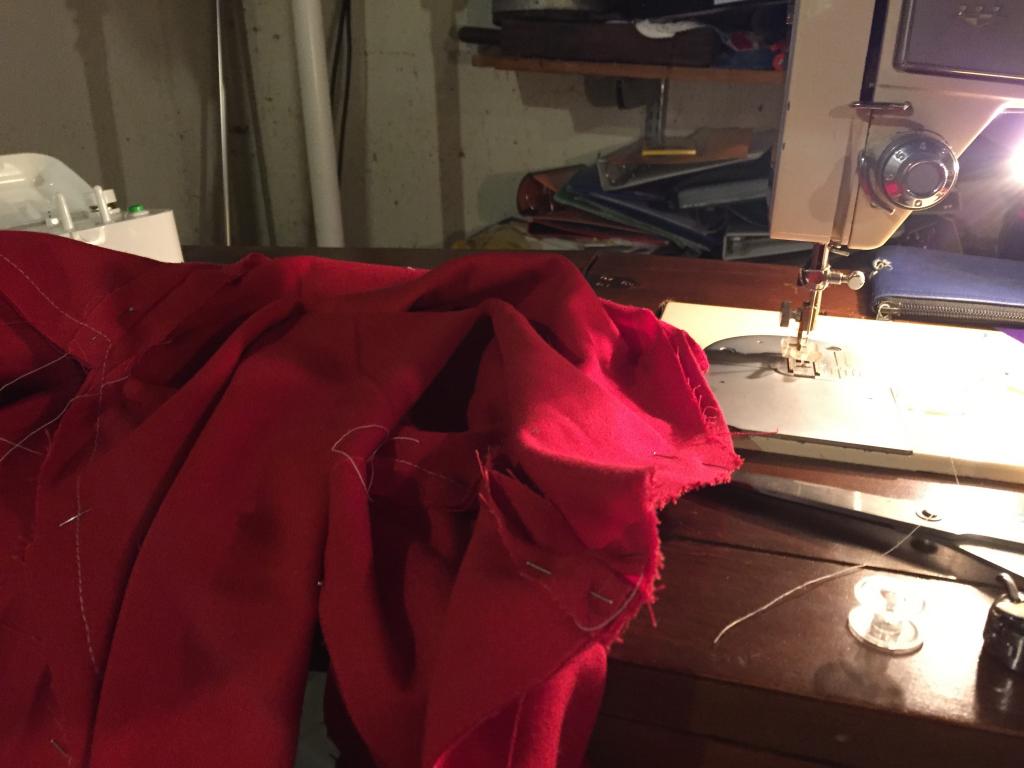As you know, readers, when I’m not blogging here, I’m writing at Forbes.com. My latest is an article about how people don’t seem troubled by simultaneously believing they earn their Social Security benefits fair-and-square and yet the rich should be taxed more heavily to subsidize them. Prior to that, I wrote that Social Security does indeed add to the federal debt, no matter what Congress says. But right now I have Halloween costumes on the brain, because I’m working with my youngest to jointly make his (he’ll be a Spartan hoplite this year), and because I watched a costume-themed episode of a TV show while exercising this morning, so I was playing around with retirement policy/political costumes, even though it’s been years since I actually dressed up for Halloween.
Costume #1, Debt: whether the national debt, the growing Social Security deficit, or the individual debts so many people have, it’s pretty scary, and makes for a pretty fast and easy costume: empty pockets, such as in this stock photo.

Costume #2, high medical costs: this is a bit of a stretch, but if the portion of drug costs in the middle after the first amount but before the out-of-pocket limit kicks in is the “donut hole,” then surely drug costs are the donut, right? So pick up a swim ring like the one below and give it a “donut” look, or, better yet, see if you can find one of the swim rings that are made to look like donuts.

Costume #3, Low birth rate:
See this baby in a baby carrier? Find the baby carrier that you still have buried in your basement, and wear it without a baby in it. If you actually happen to have a baby, then wear a backpack-style carrier as well, to illustrate that people are having below-replacement numbers of children.

Costume #4, Poverty in retirement: sure, you can go with your traditional “hobo” costume, but why not be more edgy? Take a traditional granny costume with curlers in her hair (and, yes, this isn’t a granny but an older photo of a time when non-grannies had hair curlers),

and add on a uniform smock for your nearest fast-food joint, to illustrate continuing to work past normal retirement age.












